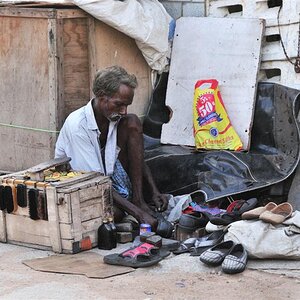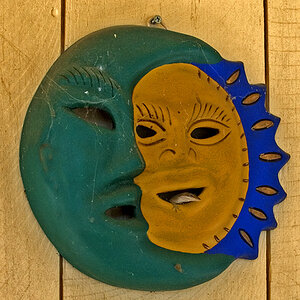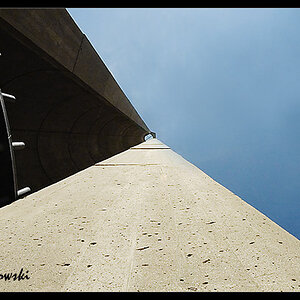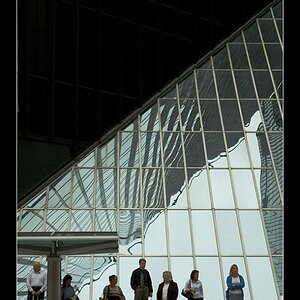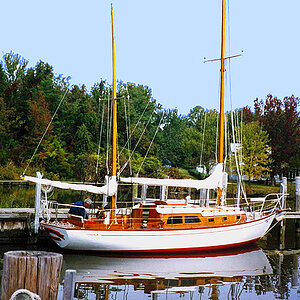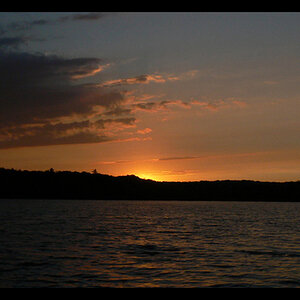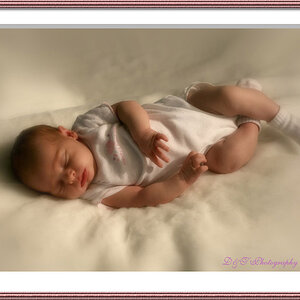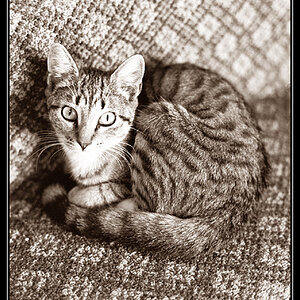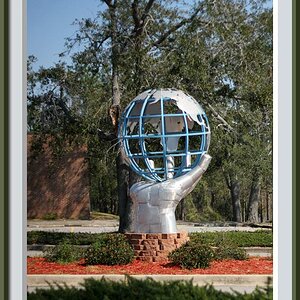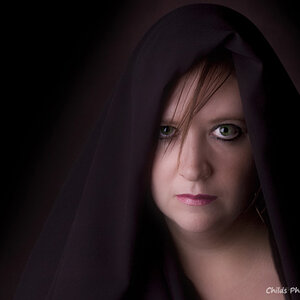babel
TPF Noob!
- Joined
- May 6, 2015
- Messages
- 2
- Reaction score
- 0
- Can others edit my Photos
- Photos OK to edit
hello
i'm a beginer and i would like to know if they are specific camera and technics to take realistic pictures of faces, i mean pictures that reflect the real life persons faces not a distorted one
what camera do you suggest me ? and is there so particular technique used ?
thx alots
i'm a beginer and i would like to know if they are specific camera and technics to take realistic pictures of faces, i mean pictures that reflect the real life persons faces not a distorted one
what camera do you suggest me ? and is there so particular technique used ?
thx alots


